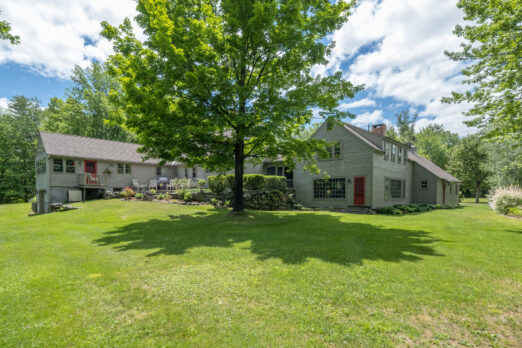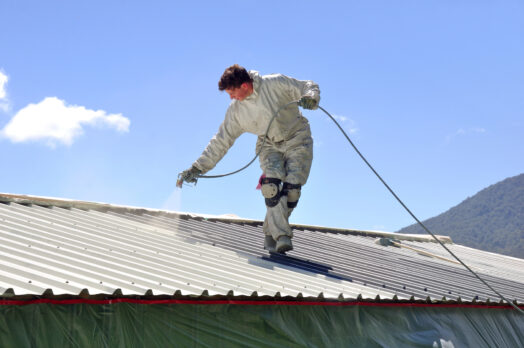
The summer sun can turn your home into a furnace, sending your air conditioning unit into overdrive and your energy bills soaring.
But what if there was a way to cool your home naturally, reducing your reliance on AC and saving money while also helping the planet?
Harness the power of strategically planted trees, which act as nature’s air conditioners, keeping your home cooler in the summer and reducing your reliance on AC.
Well-placed landscape trees can save up to 25% of a home’s energy needs, which increases as the trees mature, along with their shade. According to the U.S. Dept of Agriculture, the net cooling effect of a young, healthy tree is equivalent to ten room-size air conditioners operating 20 hours a day.
Trees act as nature’s air conditioners in a few ways:
- Shade: Deciduous trees, with their leafy canopies, provide welcome shade for your roof and walls during the hottest part of the day. This significantly reduces heat gain inside your home, making it feel cooler and lowering the demand on your AC.
- Evaporative Cooling: Leaves release water vapor through transpiration, a natural process similar to sweating. This water vapor cools the surrounding air, creating a refreshing breeze around your home.
- Wind Blockers: Well-placed trees can act as windbreaks, channeling cooler breezes towards your home during the day and reducing the wind chill at night, minimizing both heating and cooling needs.
Planting for maximum cooling and environmental benefits
Not all trees are created equal when it comes to energy savings, however. Here are some tips for planting trees that will maximize your cool down and keep some green in your wallet:
- Location is Key: Plant deciduous trees on the south and west sides of your home. These trees will lose their leaves in winter, allowing warming sunlight to reach your home during the cooler months.
- Think Tall: Choose trees that will eventually grow to shade your roof and upper walls. Aim for mature heights of at least 25 feet, planting them 10 to 20 feet from your house.
- Don’t Forget the AC Unit: Shade your air conditioner with a strategically placed tree, but be sure to leave enough clearance for proper airflow around the unit.
Reap the rewards of planting power
Planting trees for natural cooling isn’t just good for your budget; it’s good for the environment too. Trees absorb carbon dioxide, a major greenhouse gas linked to climate change, which can contribute to more frequent and intense heat waves. By reducing your reliance on air conditioning, you’re helping to lower overall energy consumption and greenhouse gas emissions.
Of course, if you live in an area with high wildfire risk, you should avoid specific types of trees like pine or cypress, be sure to clear leaves and needles off your roof, and prune tree branches that are within six feet of your roof to reduce fire danger.
Additionally, planting trees is one of the most effective strategies to protect people from heat in cities, also known as “urban heat islands.” Trees can lower the air temperature in city neighborhoods by as much as 10 degrees, which can help save lives during extreme heat waves and blackouts.
Ready to get started?
Your local nursery can offer advice on choosing the right trees for your climate and property. With a little planning, you can be reaping the rewards of natural air conditioning and a cooler planet for years to come. So, this summer, consider planting a tree (or two!)
Learn more @ U.S. Dept of Energy

In today’s world, where energy consumption is at an all-time high and energy costs are rising, finding ways to use…

This year, why not gift yourself with energy efficiency? Whether you prefer a light touch or are the next Clark…

This past summer was both the hottest one on record and predicted to be the coolest one in our future.…